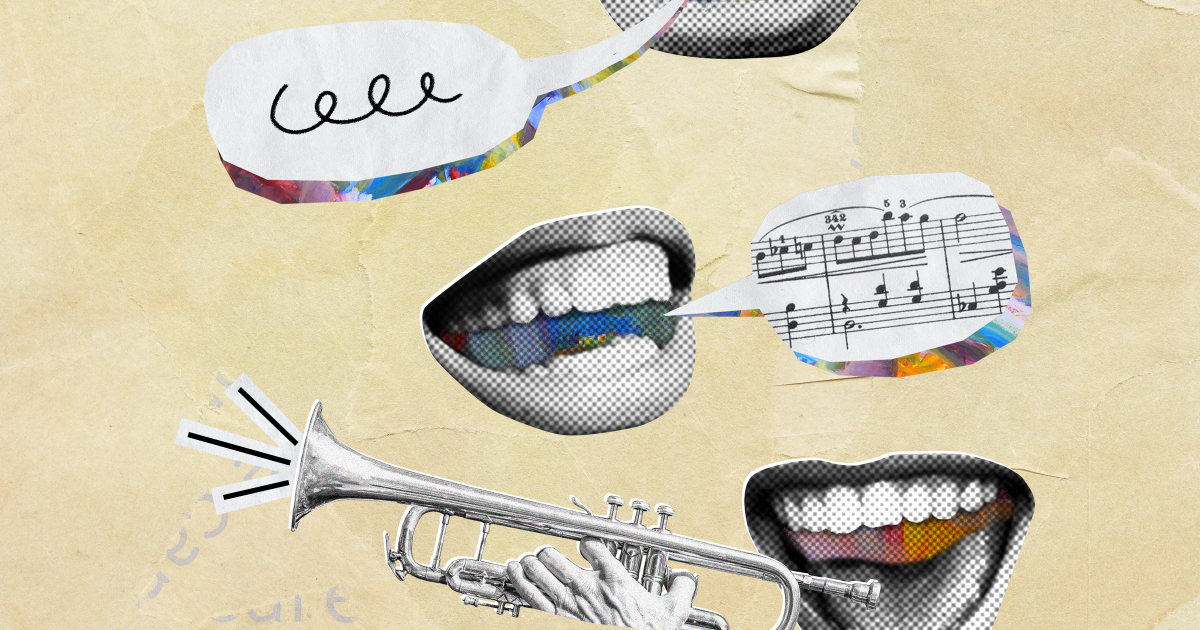
The story of the snake that clings to cows’ legs to drink milk is a fascinating blend of folklore and natural history. This tale has been passed down through generations, particularly in rural areas of India, where it is often recounted with a mix of awe and caution.The legend primarily centers around the Indian rat snake (Ptyas mucosa), a common species found throughout the Indian subcontinent.These snakes are known for their agility and ability to climb trees and other structures. The story goes that these snakes, driven by thirst or hunger, would cling to the legs of cows and drink their milk directly from the udder. This behavior is said to occur mostly in the early mornings or late evenings when the cows are calm and grazing in the fields.So, myth or fact?Herpetologists and wildlife experts have largely debunked this myth. Snakes, including the Indian rat snake, do not have the physiological capability to suckle milk. Their diet primarily consists of rodents, birds, and other small animals. The myth likely originated from the occasional sighting of snakes near cattle, which could be attributed to the snakes hunting for rodents that are often found in barns and stables.Despite the scientific explanations, the story persists in many rural communities. It is often used as a cautionary tale to keep children away from snakes and to encourage vigilance among farmers. The image of a snake clinging to a cow’s leg is a powerful one, evoking a sense of mystery and the unknown.Snakes do not have the physiological capability to suckle on a cows teat. Nor do they drink cow milk. Source: CanvaIn some regions, the story has taken on a more supernatural aspect. There are tales of snakes with magical properties, capable of bestowing good fortune or bringing disaster, depending on how they are treated. These stories are often intertwined with local beliefs and customs, adding another layer of complexity to the legend.The persistence of this myth highlights the rich tradition of storytelling in rural India. It reflects the close relationship between humans and animals in these communities, where livestock plays a crucial role in daily life. The snake and the cow, two seemingly disparate creatures, are brought together in a tale that continues to captivate and intrigue. While modern science provides a clear explanation, the allure of the story remains. It is a reminder of the power of folklore and the ways in which it shapes our understanding of the natural world.Busting the Myth: Do Plant-Based Diets Provide Complete Nutrition?






